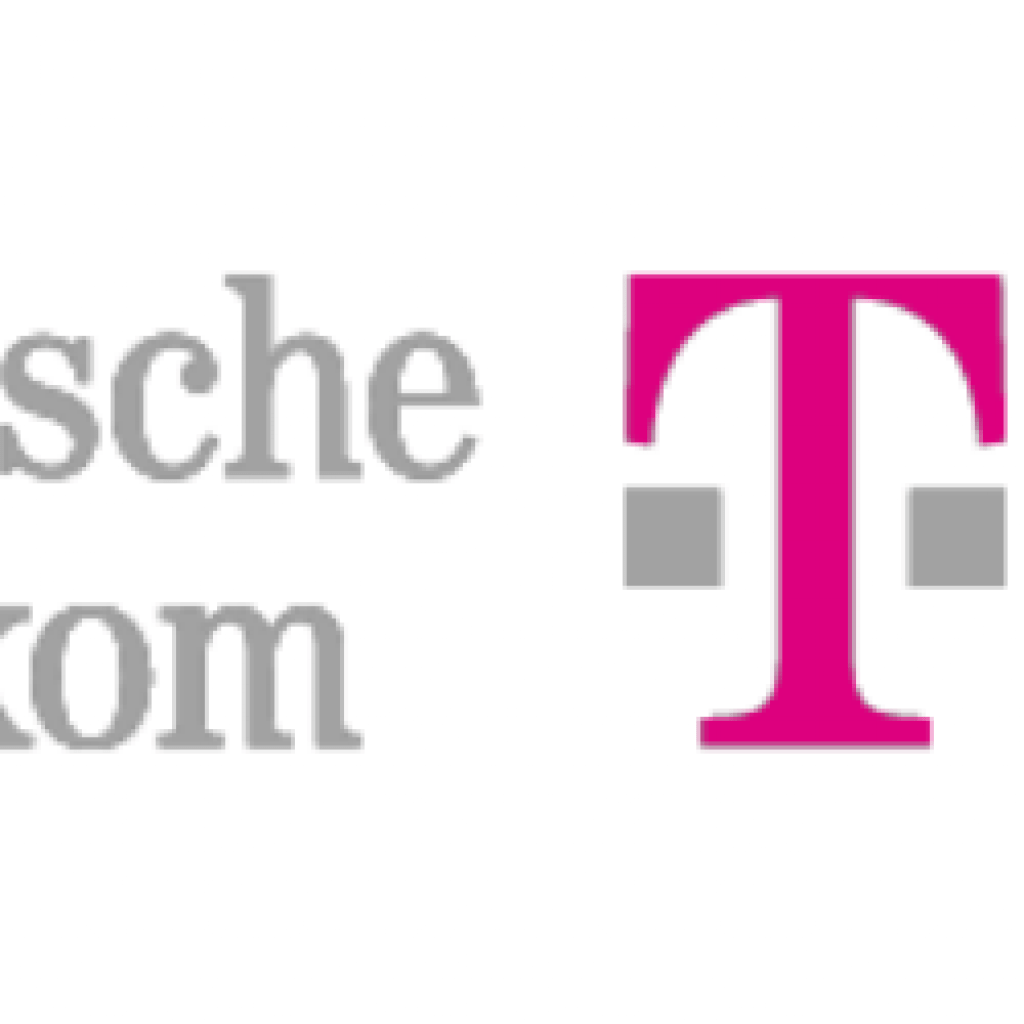(Telekom) The European Commission selected the QSAFE (Quantum Network System Architecture for Europe) consortium to design the European Quantum Communication Infrastructure last April.
Now, the interim results have been delivered. The scope of these results includes the initial technical design, security analyses, initial network dimensioning and lays the foundation for future implementation of the EuroQCI network. The QSAFE consortium led by Deutsche Telekom gathers European partners with a 20-year background in quantum communications for European quantum infrastructure: the AIT Austrian Institute of Technology, Thales, Thales Alenia Space and Telefónica Investigación y Desarrollo SA. Associate partners from Academia and from highly specialized companies are additionally involved in the project.
The study, conducted over fifteen months, follows the ‘security-by-design’ approach and elaborates the basis for the deployment of a European quantum infrastructure considering fibre-based terrestrial as well as satellite-based components. It is the follow-up of a first feasibility phase conducted in 2020, with the same consortium led by Thales at that time.
The study is part of the European Union’s efforts to advance the development of independent and secure quantum communication technologies. End of July 2021, Ireland was the last of the 27 EU Member States to sign the EuroQCI declaration, which is a commitment that the Member States, the European Commission and the European Space Agency together plan to jointly deploy a secure quantum communication infrastructure.
In April 2021, the European Commission initiated two independent studies, including the one led by the QSAFE consortium, to define the architecture of a EuroQCI. The studies centre around the production of quantum-secured keys (Quantum Key Distribution, QKD). The scope is to design a network to deliver keys between different end points, where the keys are used for encryption and decryption of classified data, in a way that a potential spy is always detected. The first users will be the European Union, EU Member States and additional government-related agencies.
The study will serve the European Commission as a basis for the next steps on the journey to establishing a European quantum communication infrastructure. All aspects – costs, security, technology, network dimensioning, planning, operational model, etc. – are included in the study.
Deutsche Telekom and partners will design the European Quantum Communication Infrastructure (EuroQCI)
